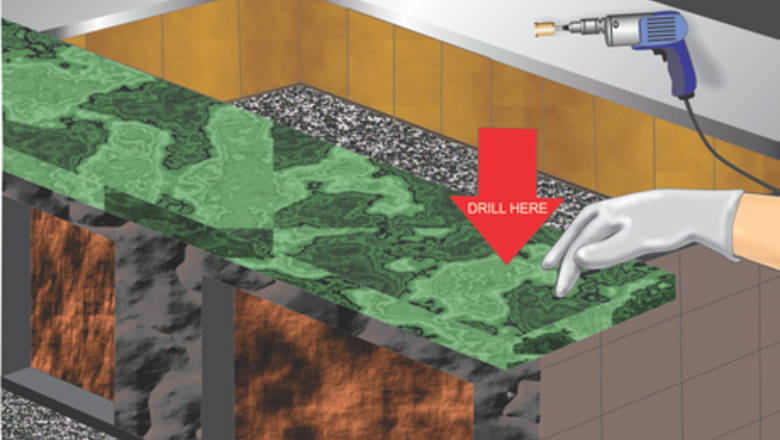
views

Make certain you really, really, really need to drill a hole where you’re thinking about drilling one. Consider other alternatives before you start putting holes in your granite, especially when you’re working with something as expensive as a granite countertop.
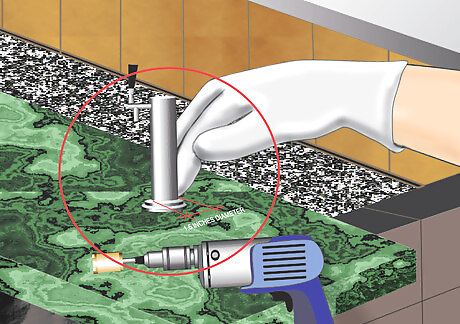
Determine the ideal hole size your application requires.
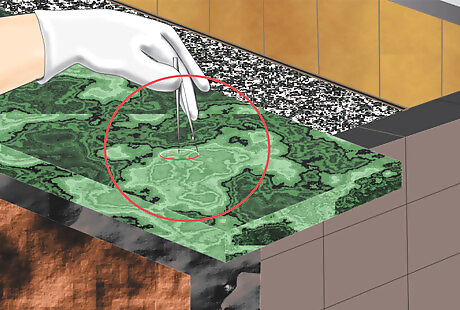
Mark the area where you plan to drill. For small diameter holes, you can use a small dot. For larger diameter holes, use a template or draw a precise circle that corresponds exactly with the diameter of the hole you’re drilling. If you’re concerned that the drill bit will wander, you can clamp a piece of scrap wood with the appropriate sized guide hole over your drilling target.
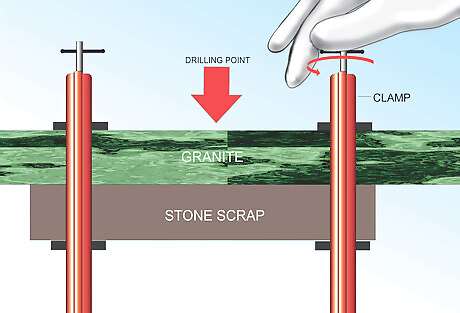
Clamp a piece of stone scrap underneath the area where you will be drilling to prevent chipping on the underside of the granite. For maximum safety and effectiveness, place a clamp on either side of the hole you’re drilling.
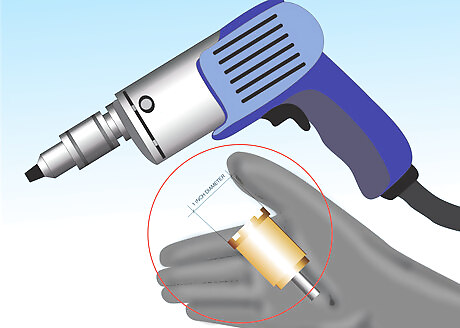
Install the desired size diamond drill bit into a high-speed drill or angle grinder with a drill bit adapter. Make sure the drill bit is specifically designed for drilling through granite and that it can handle the depth of drilling your application requires. Diamond core drill bits have a good reputation for drilling through granite with ease; a good one should be able to get through a ¾-inch (1.9 cm) slab in less than a minute.

Begin drilling at a steady speed. Some drill bit manufacturers recommend using water to cool and lubricate the drill bit while drilling. Others say you won’t need to do that for their bits. Either way, water will serve to reduce the amount of granite dust in the air. If you use water, form a dam around the drilling area using plumbers putty. If you don’t use water, you can have someone use a shop vac to vacuum the granite dust as you drill.
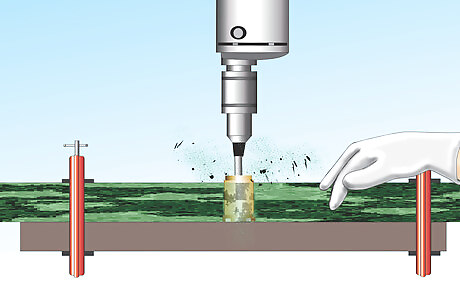
Drill until you’ve gone through the granite target and hit the underlying scrap stone.
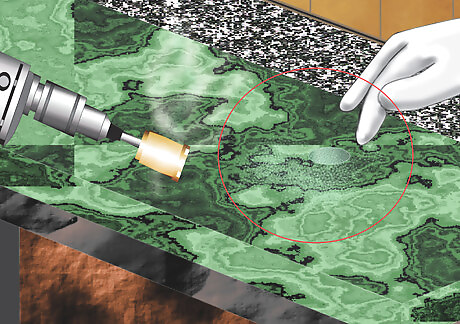
Cool the drill bit with water in between holes when drilling multiple holes.




















Comments
0 comment